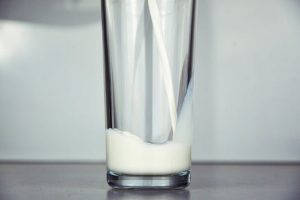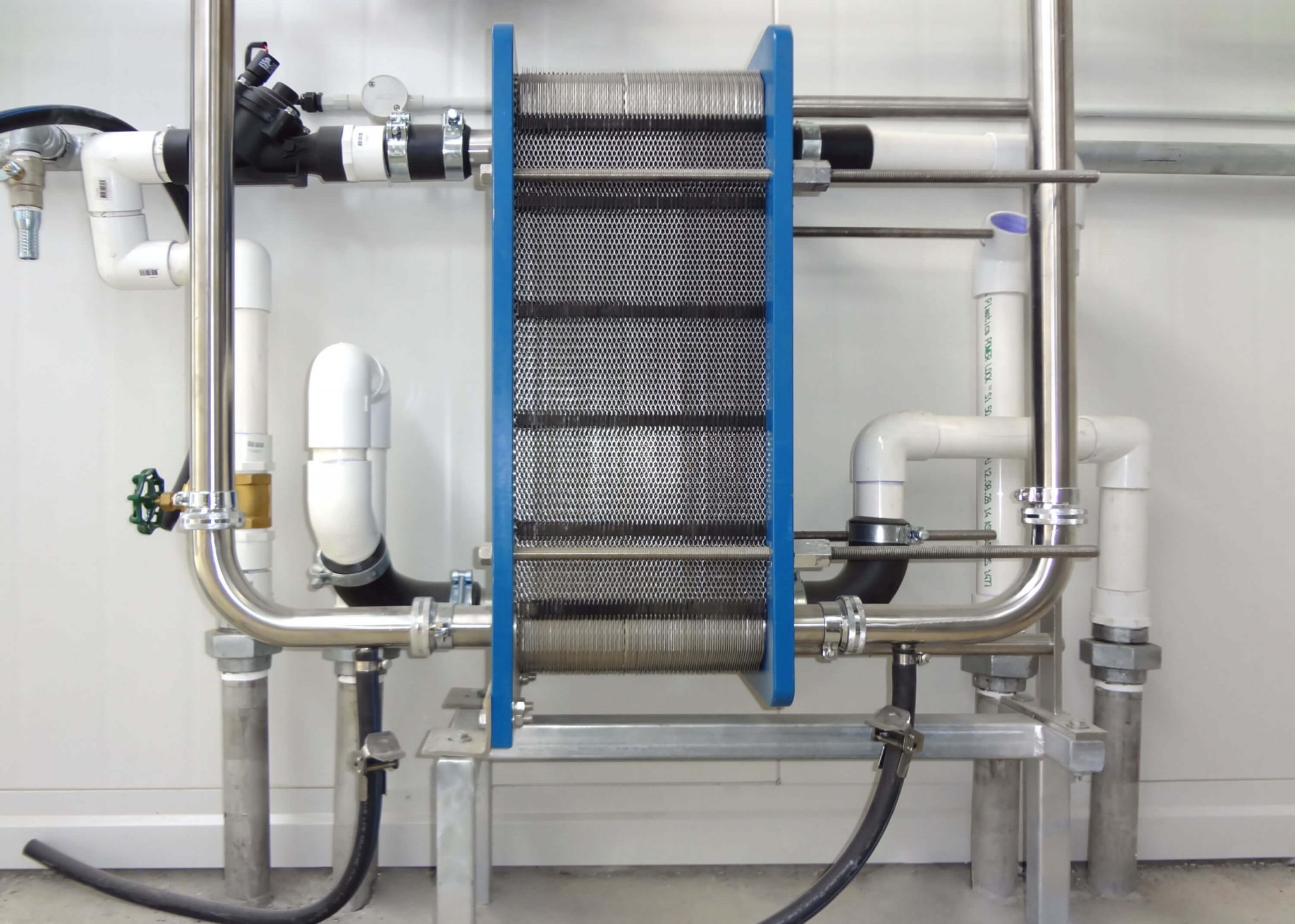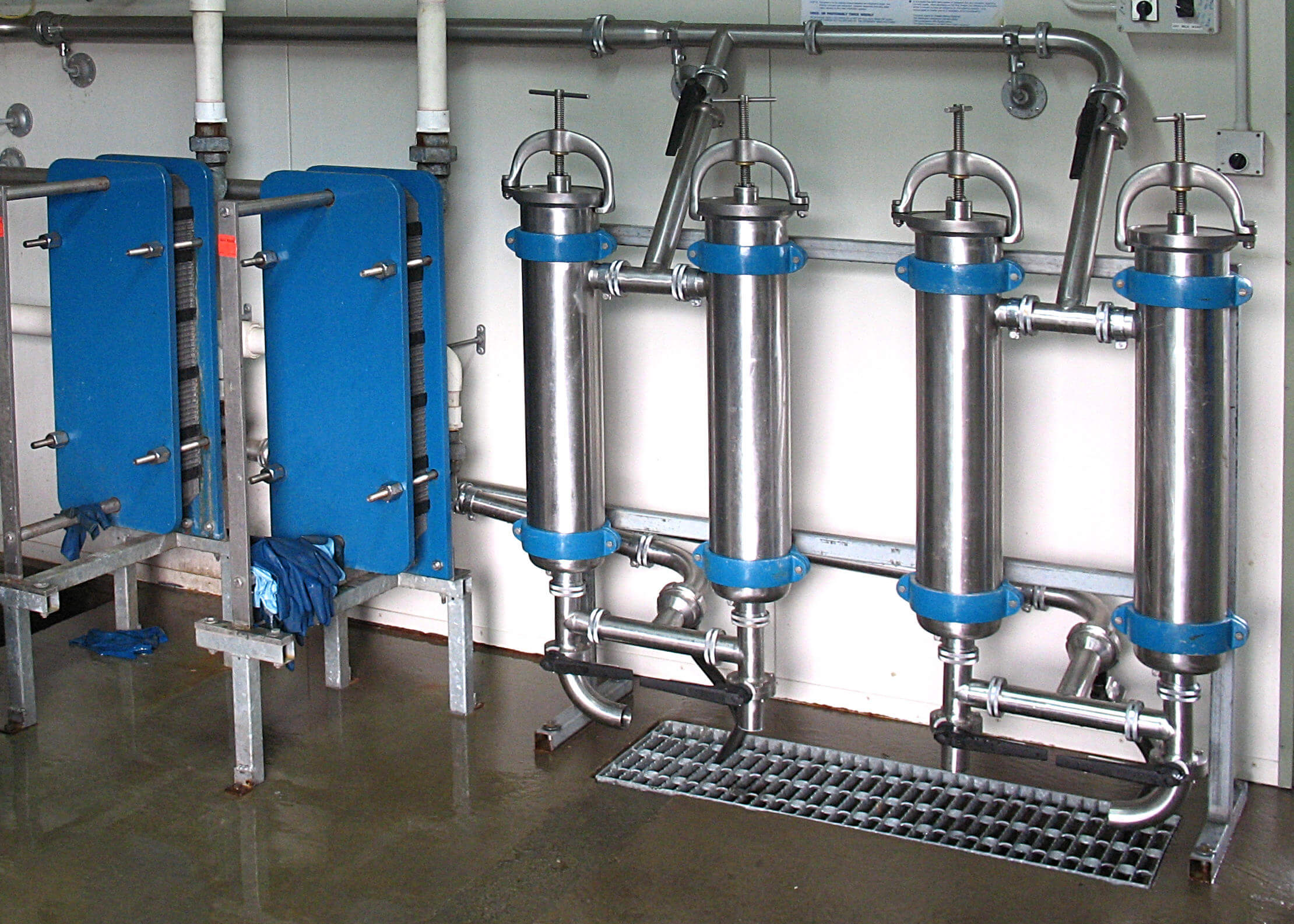Milk Cooling standards change from the 1st of June 2018.
Being prepared for the changes will save you the risk of incurring penalties due to milk temperature.

Milk Cooling Standards – News – Read Industrial Ltd
As we know milk cooling affects milk quality. The sooner the milk is cooled after milking, the better the quality will be when the milk is collected from the farm. Raw milk grows bacteria at an alarming rate above 7c degrees Celsius. To be compliant the ministry for primary industries New Zealand has set out a code of practice for the design and operation of farm dairies for milk cooling standards.
The code states that our raw milk must:
a) be cooled to 10°C or below within four hours of the commencement of milking; and
b) be cooled to 6°C or below within the sooner of:
i) six hours from the commencement of milking, or
ii) two hours from the completion of milking; and
c) be held at or below 6°C without freezing until collection or the next milking; and
d) must not exceed 10°C during subsequent milking’s.
If your current plate heat exchanger and refrigeration unit combination are not capable of meeting the new milk cooling regulations, you may need to consider a secondary cooling option such as chilled water or glycol. A purpose built secondary cooler is seen as a long-term investment with the benefit of heat recovery, enabling you to save on hot water costs.
Under ideal circumstances your primary heat exchanger using well water will take the milk from around 32deg to around 2deg above the well water temperature. To achieve an initial milk temperature drop that’s close to the groundwater temperature, water flow rate, cooler size, and cleanliness all need to be optimal.
Reduce energy costs by choosing the right cooling system for your farm dairy.
As we know milk cooling accounts for an estimated 30% of the total energy costs of running a dairy operation. The refrigeration system of a milk vat has the highest energy demand of the entire milking plant. Passive milk cooling reduces the electricity demand of the plant up to 30 %. That’s how a good PHE can save money.
We provide two types of PHE, single stage and dual stage. Both types are floor mounted, made from 304 grade stainless steel, and support flow rates from 3,000 litres to 10,000 litres of milk per hour.
Single or dual stage plate heat exchanger?
Single stage PHE units use farm well water to cool milk. Dual stage PHE units use well water supply for an initial stage, and active cooling for a secondary stage. The choice between the two comes down to whether the available ground water has a temperature low enough to effectively reduce milk temperature, for a given volume flow rate of milk.
Our single stage PHE units are expandable and stackable. Two used in sequence are, in some cases, enough even for 80 – 100 bail dairy plants. But this isn’t always the case. If the initial temperature drop doesn’t comply with the requlations, then a dual stage unit is recommended. For hot, arid, climates a dual-stage PHE is usually the way to go.
Further Considerations.
With equipment bays in dairy sheds often having limited space you need to be aware that adding a dual stage cooler will take up less room than adding an additional single stage cooler. Other considerations can be around the age of the gaskets in your current cooler, the replacement cost of worn gaskets can add up to be a large down payment towards a new duel dual stage plate heat exchanger.
Speak to our specialist team as to carefully evaluate your current cooling system, this way we can ensure you have the best option to suit your farm dairy.
Read Plate Heat Exchangers are cost effective yet allow for effective cooling and easy maintenance.


